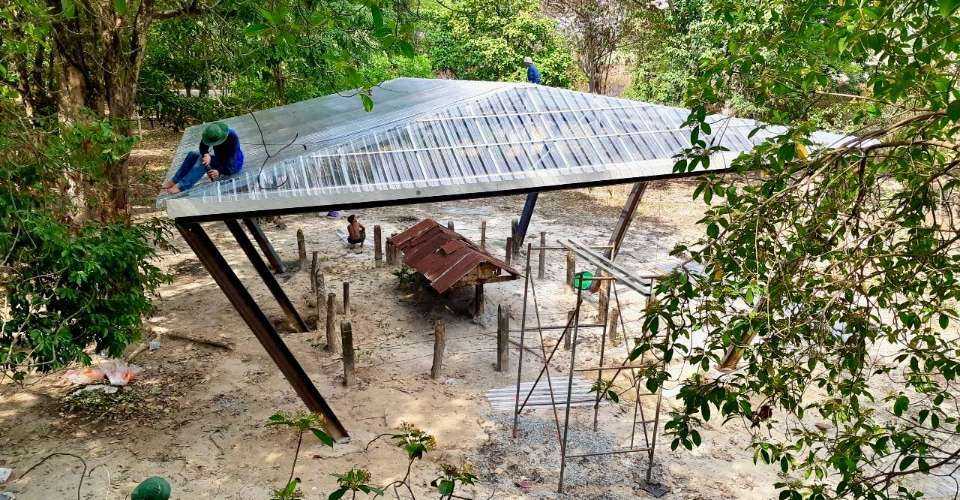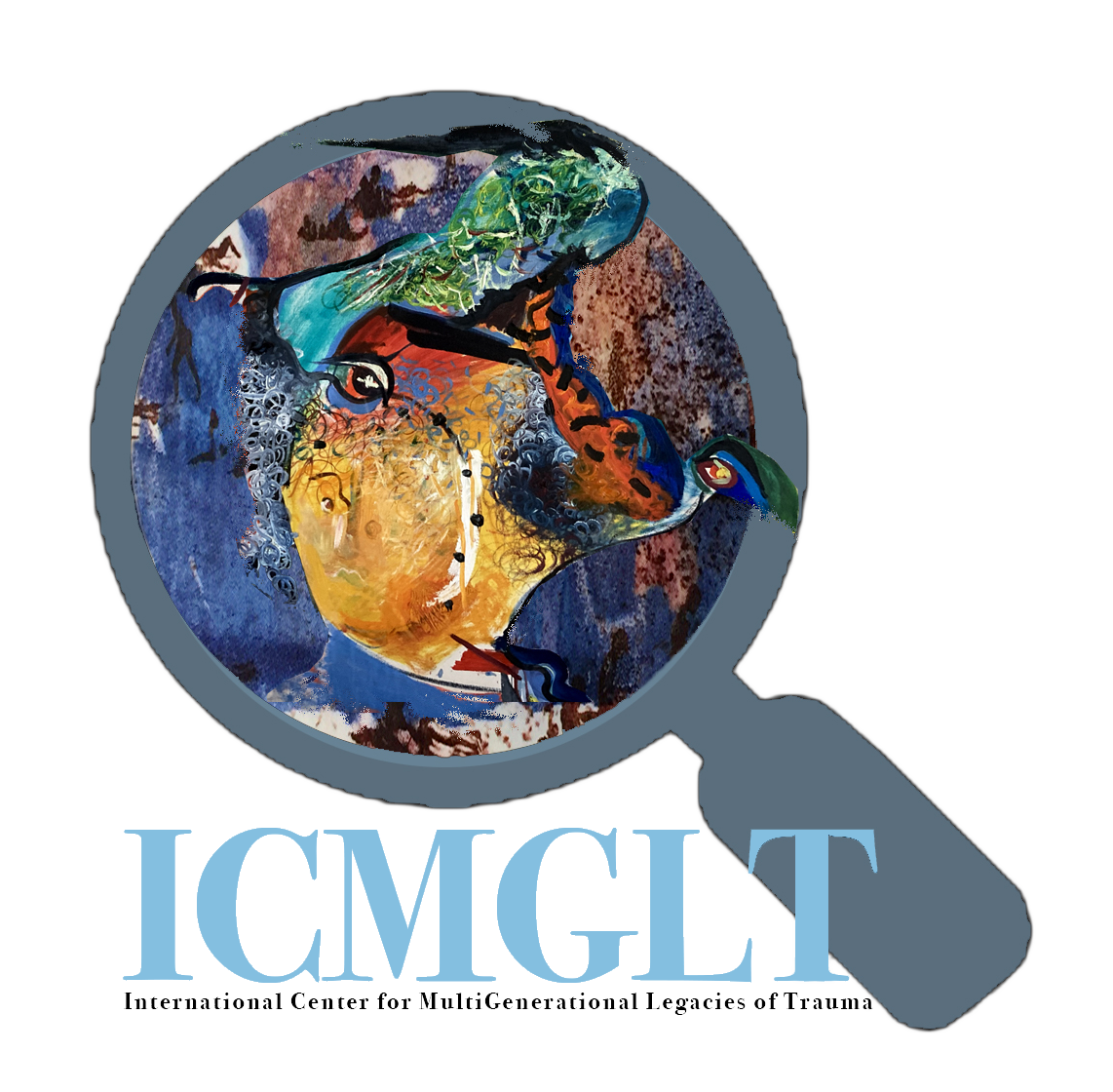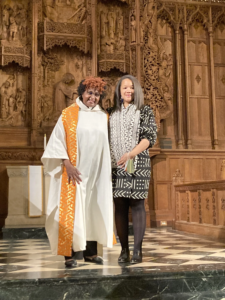How does Cambodia preserve the memory of a genocide, and the nastiest of 20th-century dictators?

Twenty-seven years ago, as Pol Pot’s ashes were dumped in a remote paddock, Cambodia was the basket case of Southeast Asia, struggling with genocide and three decades of civil war that was still being fought in the jungles of the remote north.
Cambodia has since changed, modernized and is hoping to leave the ranks of least developed countries within the next few years. But how to remember the atrocities of the past that left about two million people dead is a sensitive issue.
Pol Pot’s grave has remained a pile of ashes covered by dirt and left to rot since April 15, 1997 — under a small, roughly-made timber roof with rusting corrugated iron sheets, standing just 1.2 meters (four feet) tall in the Dangrek Mountain. Until now.
Two young architects have designed and installed a modern annex — shaped like a coffin — encompassing the entire site with a modernistic look.
A clear Perspex roof to protect what’s left is supported by steel beams, transforming what was the lonely village grave of a dreaded dictator into a place almost welcoming for visitors.
Meas Makara and Chhoeun Vannet told the Phnom Penh Post that the annex reflects mourning and the inevitability of death while “serving as a reminder of human impermanence.”
“Regardless of how great our status may be, we all face the same end. What we leave behind is our honor and reputation,” they said.
The Phnom Penh Post, which ran the headline: “Burned like old rubbish” after Pol Pot’s funeral, also noted their work was visually striking but critics had argued that beautifying this grave risked “erasing the harrowing legacy of the man who lies interred there.”
Similar issues have arisen in many countries afflicted by the memories of war with the next generation enjoying a peace that enables them to move on.
But given Pol Pot’s significance among the nastiest of 20th-century dictators — he was responsible for the deaths of a third of his people — his grave will forever remain historically significant and the addition of an annex is pragmatic and worthy.
Meas Makara and Chhoeun Vannet noted the transparent roof is meant to evoke openness and a break from the oppressive darkness associated with Pol Pot’s rule, adding: “The design contrasts sharply with the era of his leadership.”
The Khmer Rouge tribunal has ended with archiving and tidying up the legal work expected to finish by the end of this year when legislation terminating the courts’ remit is expected to take effect.
Ceremonies commemorating the devastation caused by Pol Pot and his Khmer Rouge between 1975 and 1979 are planned, once the court has completed its work, including traditional Buddhist funeral rites for the bones of the dead left scattered across Cambodia.
Then, hopefully, Cambodia will be cleansed of his rule once and for all.
Source: https://www.ucanews.com/news/pol-pots-grave-trying-not-to-stir-a-controversy/107477




